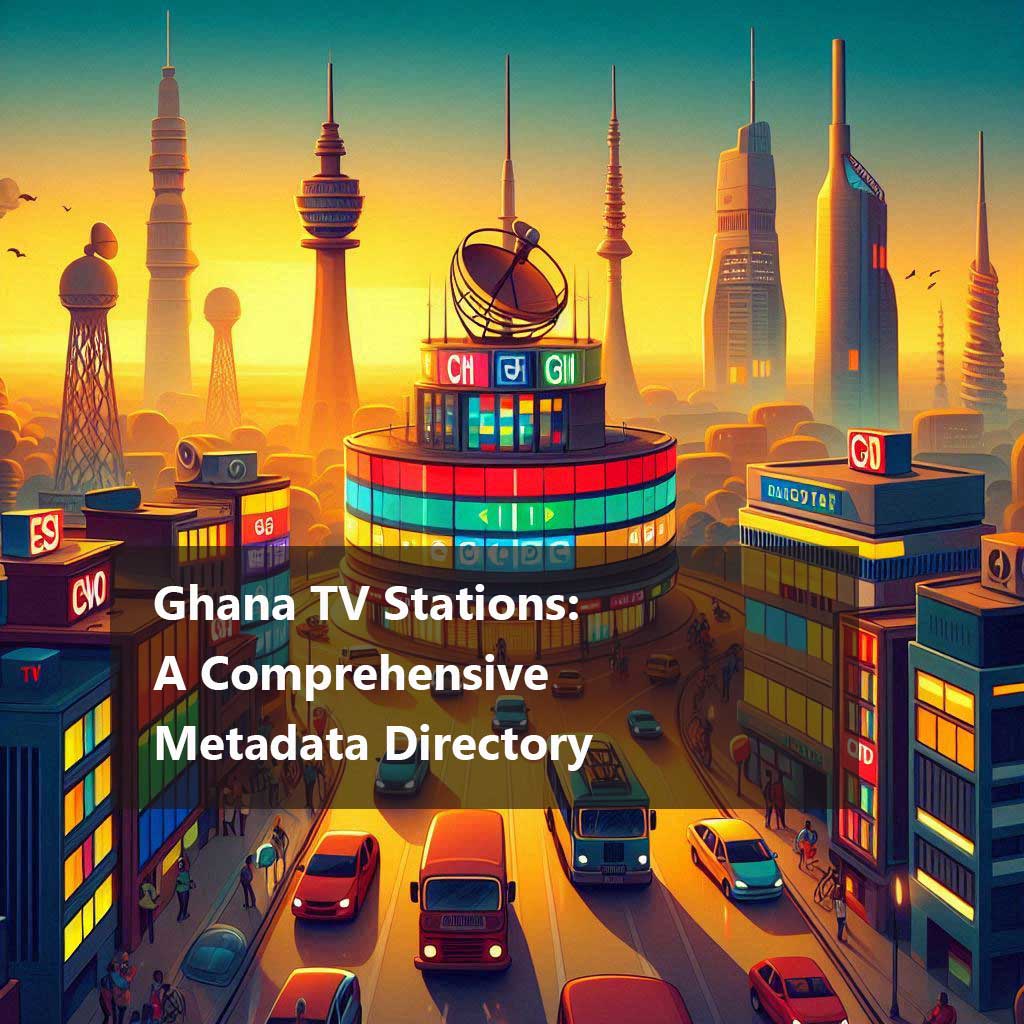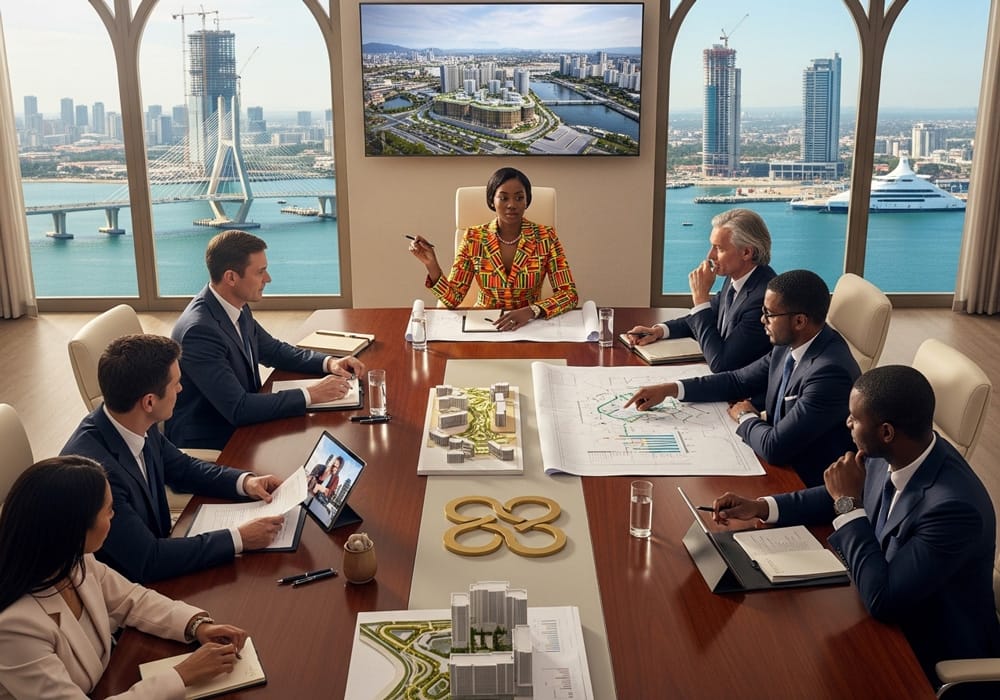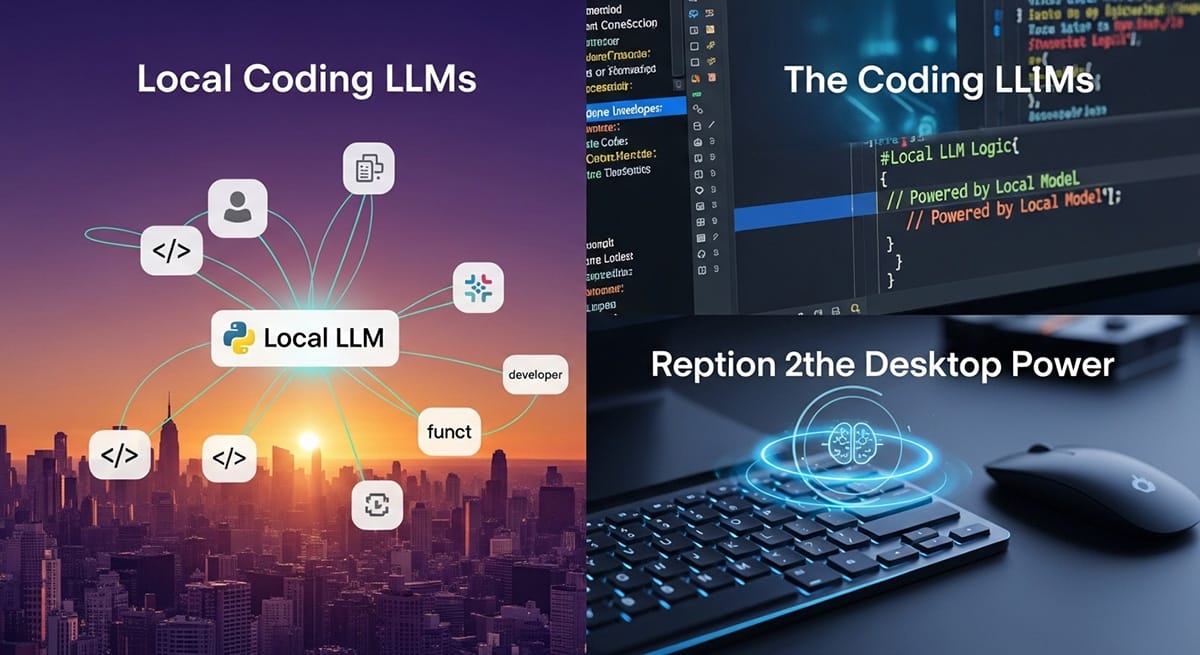The television broadcasting landscape in Ghana features a diverse array of stations, each offering unique programming and services tailored to specific audiences.
This article provides a comprehensive compilation of metadata for key television stations across various regions, focusing on their names, descriptions, physical locations, top programs, contact details, websites, streaming URLs, and digital presence.
This information aims to serve as a detailed reference for advertisers, content creators, policymakers, and researchers.
Stations in the Greater Accra Region Region
The Greater Accra Region is the epicenter of Ghana’s media industry, hosting notable stations such as Adom TV, GHOne TV, GTV, Metro TV, Net 2 TV, and TV3. These stations benefit from the region’s economic significance and high population density, enabling them to reach urban audiences effectively.
- Adom TV is known for its news coverage and socio-political talk shows like “Adom Morning Show”.
- GHOne TV specializes in entertainment-oriented content such as “GHOne Live”.
The physical addresses for these stations are verifiable through official registries, with corporate offices primarily located in Accra’s business districts. Contact details, including phone numbers and email addresses, are readily available on their respective websites, facilitating partnerships and inquiries.
Streaming URLs further extend their reach; for example, Adom TV offers live broadcasts via www.adomonline.com, and GHOne TV streams at www.ghonetv.com.
Stations in the Ashanti Region
In the Ashanti Region, prominent broadcasters like ATV, Kessben TV, and ZTV cater specifically to local audiences.
Their programming often emphasizes regional culture, politics, and community-focused initiatives.
- ATV is recognized for its investigative journalism.
- Kessben TV focuses on sports and youth engagement.
The physical infrastructure supporting these stations reflects the region’s growing demand for localized content. Digital platforms also play a crucial role; ATV maintains an active Facebook page (www.facebook.com/ATVGhana) and a YouTube channel, leveraging social media to engage younger demographics.
Stations in the Northern Region
The Northern Region faces challenges related to limited media infrastructure and lower internet penetration rates. NTV, Sagani TV, and Rahma TV are among the few operational entities in this area.
Despite these constraints, these stations fulfill a critical role in providing access to essential information and educational content.
For instance, NTV airs agricultural programming targeting rural farmers, aligning with broader developmental goals.
However, the scarcity of broadband connectivity in rural areas necessitates alternative distribution strategies, such as low-cost radio simulcasts or partnerships with mobile network operators to deliver content via SMS alerts or basic feature phones.
Ownership and Programming Diversity
Ownership structures influence the diversity of programming offered by Ghanaian Ghanaian TV stations.
Public broadcasters like GTV coexist alongside private entities such as GHOne TV and TV3, creating a balanced ecosystem where both state-controlled narratives and independent voices thrive.
Free-to-air options dominate the market, ensuring inclusivity for viewers across socioeconomic backgrounds.
Examples include MTA Ghana, NET 2 TV, and UTV, which provide essential public service announcements and cultural programming without subscription fees.
This democratization of access underscores the importance of free-to-air broadcasting in bridging the urban-rural divide.
Digital Transformation and Viewer Engagement
Digital transformation has significantly impacted how Ghanaian TV stations interact with their audiences.
With a high internet penetration rate and widespread mobile connectivity, there is immense potential for leveraging online platforms. Social media channels like Facebook and YouTube have become pivotal tools for viewer engagement.
- TV3 Ghana has a substantial YouTube following, reflecting the popularity of its serialized dramas and reality shows.
- GHOne TV utilizes Facebook Live to host interactive sessions, fostering real-time participation among viewers.
Mobile applications developed by leading stations enable seamless access to live streams and on-demand content, catering to tech-savvy urbanites who rely on smartphones for media consumption.
Program Highlights and Trends
Program highlights reveal distinct thematic preferences based on regional demographics and audience interests.
- Educational programming remains a stable field, with several Ghanaian stations producing instructional content.
- Health-related content is gaining traction, with partnerships facilitating specialized programming on wellness and preventive care.
Conclusion
This detailed metadata for Ghanaian TV stations facilitates easy reference and highlights the evolving dynamics of Ghana’s television industry.
The analysis reveals regional disparities in media infrastructure and emerging trends in digital transformation, underscoring the need for strategic investments in technology, localized content creation, and collaborative efforts to democratize access to information and entertainment.
Further research could explore innovative models for expanding media accessibility and the potential of AR/VR technologies for enhancing viewer engagement.











